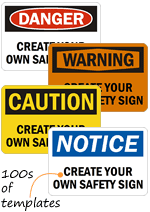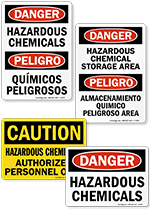A.
According to OSHA standard 1910.151, a person or persons shall be adequately trained to render first aid, in the absence of an infirmary, clinic, or hospital close to the workplace.
Given their life-saving capabilities, it is recommended that workplaces have employees certified in CPR and AED response too on each work shift. OSHA standards that require additional CPR training are -
1910.146 Permit-required Confined Spaces
1910.266 Appendix B: Logging Operations – First-Aid and CPR Training
1910.269 Electric Power Generation, Transmission, and Distribution
1910.410 Qualifications of Dive Team
1926.950 Construction Subpart V, Power Transmission and Distribution
OSHA standards do not specifically address automated external defibrillators (AEDs) but encourage the installation of the devices in workplaces.
First aid training for employees can be conducted by organizations such as the American Red Cross. Or, a Certified First Aid/CPR/AED trainer can come on-site to certify your team. OSHA also recommends that employees receive first aid skills and knowledge re-training and updated certification cards every three years.













